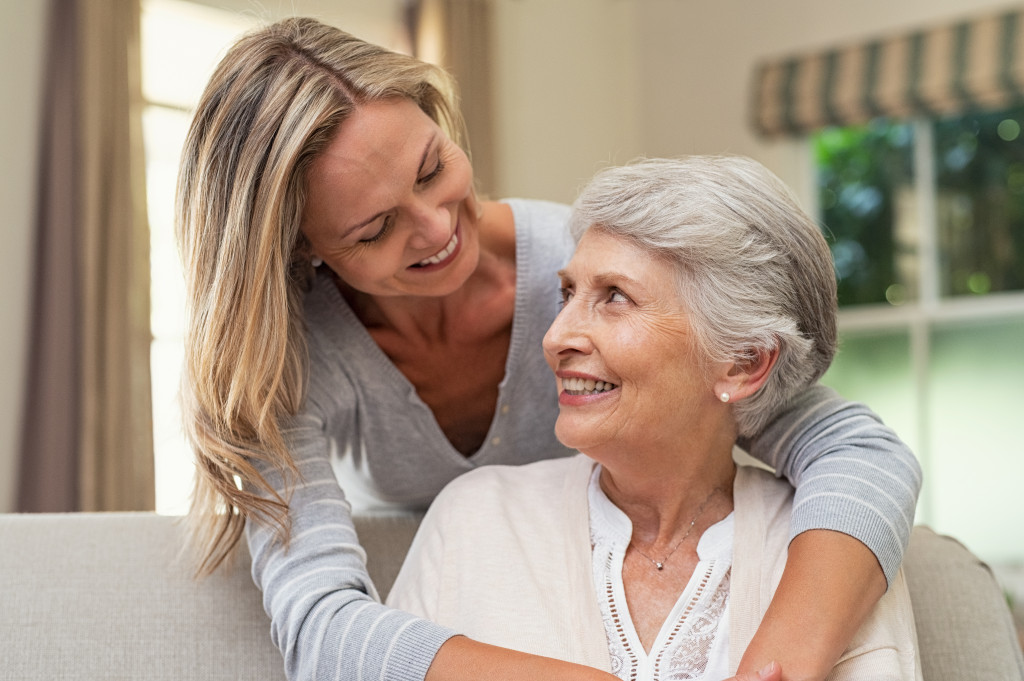- Supporting the elderly requires understanding their unique needs: decreased mobility, chronic health conditions, and social isolation.
- Promoting a supportive community is key to encouraging social interaction as well as engagement.
- Lack of transportation and mobility can be a major obstacle for seniors, but assistance programs can help.
- Access to healthcare services is crucial for the elderly, and community-based healthcare programs can assist.
- Assisted living facilities can offer seniors the support they need, but choosing the right facility and staying connected is important.
As the elderly population grows, so does the need for supportive communities. Older adults’ physical, emotional, and social needs are unique and require tailored support. Creating a supportive community for the elderly benefits their well-being and the community. When the elderly feel supported, they are likelier to remain engaged and active members of society.
By understanding the needs of the elderly population, promoting social interaction and engagement, offering transportation and mobility assistance, providing access to health care services and resources, offering home modification and safety assistance, and collaborating with community resources, communities can create an environment that fosters the well-being of its elderly members.
This article will provide tips and strategies for building a supportive community for the elderly.
Understanding the Needs of the Elderly Population
The first step in creating a supportive community for the elderly is understanding their needs. The elderly population faces various physical and emotional challenges, such as decreased mobility, chronic health conditions, and social isolation.
It is essential to assess the needs of the elderly population in a community to develop appropriate support services and programs. There are several ways to promote a supportive community for the elderly. These include:
Social Interaction and Engagement
One of the most effective ways to promote a supportive community for the elderly is to encourage social interaction and engagement. While social isolation and loneliness are significant problems for the elderly, regular social interaction can improve their health and well-being.
Community events, classes, and clubs are excellent ways to facilitate socialization, allowing older people to meet new people and engage in meaningful activities. Local organizations can collaborate to organize events and programs to meet the specific needs and interests of the elderly population in the community.
Transportation and Mobility Assistance
Lack of transportation and mobility difficulties can be a significant obstacle for older adults, limiting their ability to access services and participate in community activities. Transportation assistance programs can make a substantial difference in their lives, allowing them to attend medical appointments, social events, and shopping.
Mobility assistance programs can also help seniors move around more efficiently, improving their quality of life. The community can organize volunteers to provide transportation and mobility assistance or work with existing transportation services to provide specialized transportation for older people.
Access to Health Care Services and Resources
Access to healthcare services is crucial for maintaining the health and well-being of the elderly population. A supportive community for the elderly should ensure that seniors have access to medical care, health services, and resources.
Home health care services, such as visiting nurses, occupational therapists, and personal care assistants, can help seniors maintain independence while remaining in their homes. Community-based healthcare programs can also help seniors receive the care they need.
By providing access to these services and resources, older adults can stay healthy, manage chronic conditions, and lead a better quality of life.
Home Modification and Safety Assistance
As the elderly population ages, they may experience challenges in their daily lives, such as mobility difficulties, vision problems, and other age-related issues. Home modifications and safety assistance can help seniors live independently, safely, and comfortably. Installing grab bars in the bathroom, removing tripping hazards, and improving lighting are simple modifications that can make a significant difference.
Additionally, providing seniors with information on maintaining their homes and avoiding accidents can help them stay safe. Communities can collaborate with organizations and local businesses to offer discounted or free home modification and safety assistance services to seniors in need.

Supporting the Elderly Living in Assisted Living Facilities
Assisted living facilities are designed to provide seniors with the care and support they need to maintain their independence and quality of life. Here are some ways to support your loved one in an assisted living facility:
- Stay Connected: Regular visits and communication can help your loved one feel connected and supported. Call, visit, or write letters to stay in touch and show your love and care.
- Participate in Activities: Assisted living facilities offer a range of activities, events, and outings that can help your loved one stay engaged and social. Encourage your loved one to participate and join in yourself when possible.
- Advocate for Their Needs: Advocate for your loved one’s needs and concerns. Communicate with staff, ask questions, and provide feedback to ensure their care and support are of the highest quality.
- Keep Track of Their Health: Stay informed about your loved one’s health and well-being. Talk to staff, attend medical appointments, and monitor any changes in their physical or emotional health.
Strategies for Supporting the Elderly in Assisted Living Facilities
Assisted living facilities for senior living communities assist with daily activities, such as bathing, dressing, and medication management. These facilities offer various services, including meals, housekeeping, transportation, and 24-hour staff supervision.
They are designed for seniors who need help with daily living but do not require around-the-clock medical care. Choosing the right assisted living facility for an elderly loved one can be overwhelming. Here are some tips to help you make the right choice:
- Consider the Location: Choose a facility close to family and friends, so they can easily visit and stay connected with your loved one.
- Look for a Comfortable Environment: The facility should be clean, safe, and have a home-like atmosphere. Check for amenities like outdoor spaces, libraries, and entertainment areas.
- Check Staff Qualifications: Ensure the staff is well-trained, experienced, and compassionate. They should be able to provide quality care and support to your loved one.
- Evaluate Services and Amenities: Look for a facility that offers services and amenities that meet the needs of your loved one. These may include meals, transportation, and recreational activities.

In conclusion, creating a supportive community for the elderly is crucial to ensuring their health, safety, and well-being. It requires an understanding of the physical and emotional needs of the elderly population and the implementation of specific tips and strategies to support them.
Communities must prioritize the needs of older adults and collaborate with community resources to provide comprehensive support. By doing so, communities can enhance the quality of life of their elderly residents and ensure that they continue to thrive.
Becoming a supportive community for the elderly is not an overnight process, but communities can make a big difference with small steps. Every effort counts, and every act of kindness can significantly impact the lives of older people. It is important to remember that creating a supportive community for the elderly is a collective responsibility that requires the participation and commitment of everyone.




